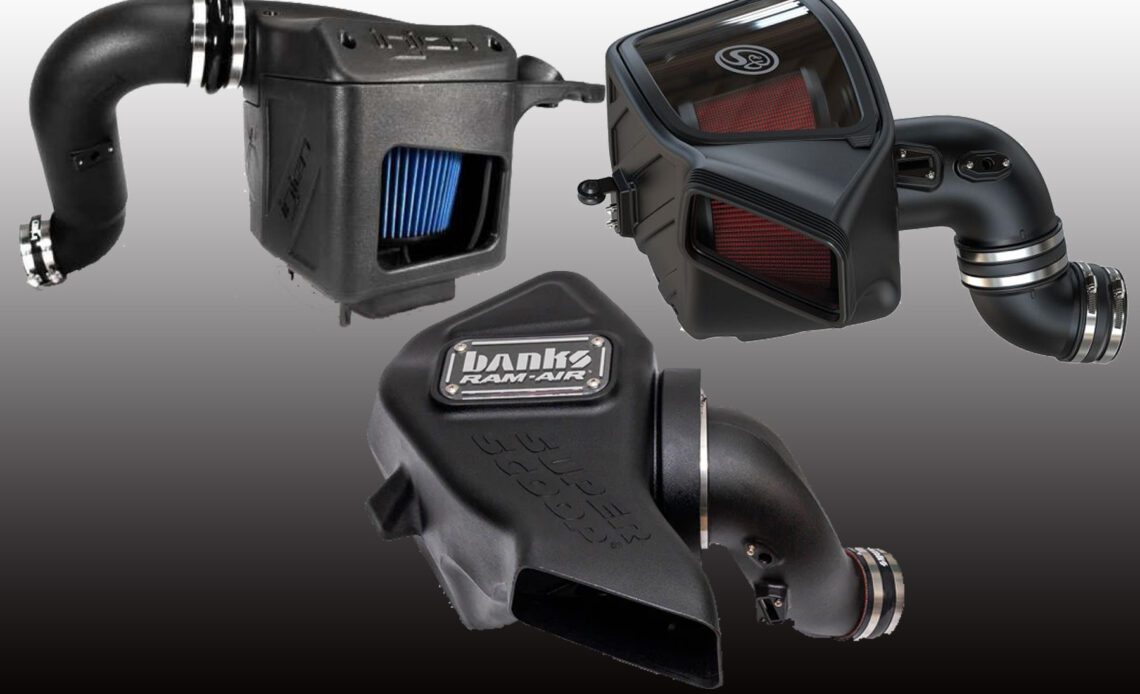There has been a lot of buzz on the internet lately discussing whether a cold air intake (CAI) is worth the money and work to install. Some of these arguments are based on a performance proposition and it is easy to justify the cost if all you are concerned about is boosting power. But what about the everyday driver? Do you need to install a cold air intake on your daily?
Before we answer that, we must identify the claims made by the manufacturers. What exactly does a cold air intake do? Secondly, we need to figure out what makes a good cold air intake. Of course, we should also discuss what to avoid when shopping for a cold air intake. Finally, we need to dive into what the experts say and put this debate to bed with a simple cost-benefit analysis. To accomplish that, we reached out to Banks Power and Strictly Diesel.
What Does A Cold Air Intake Do?
Let’s quantify a few facts. For starters, the size of each cylinder in your engine is fixed, we can’t make it bigger. To generate more power, we need to burn more fuel. To burn more fuel, efficiently, we need more oxygen, Cold air is denser than warm air and takes up less volume.
A good cold air intake will draw air from outside of the engine compartment. The system on the left is an S&B filter that can be found at Strictly Diesel and the one on the right is from Gale Banks.
In its most basic form, a cold air intake is much like the OE air filtration system — it gathers air for the engine to breathe. However, a CAI is designed to create a smoother path for that air. Some actually gather air from under the hood while others gather air from outside of the vehicle to feed the engine. Since cool air is denser, it delivers more oxygen within the same amount of volume. If you feed your engine with hot air, it takes up more volume and you reduce the amount of oxygen available to burn. That means you burn less fuel which leads to reduced power.
It’s all about airflow and air temp. With the right intake, you can increase both power output and efficiency. — Gary Maschner, Strictly Diesel
Jay Tilles, brand manager for Banks Power, summed it up this way, “It’s not just about power. Fuel economy goes up by reducing the amount of fuel needed to run the engine. Additionally, if you reduce the amount of work the turbo does to increase air density, you see an improvement to overall efficiency.”
Gary Maschner, general manager of Strictly Diesel, echoes Jay’s thoughts, “It’s all about airflow and air…
Click Here to Read the Full Original Article at DragzineDragzine…

